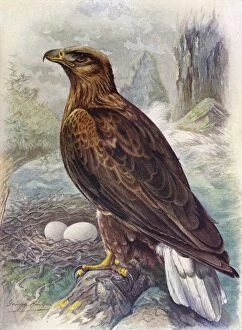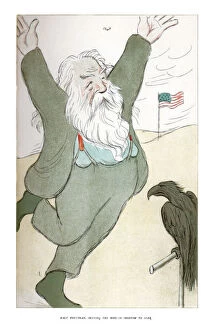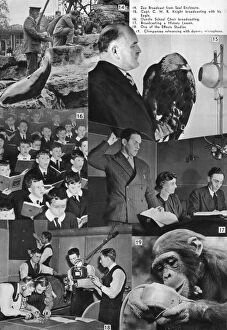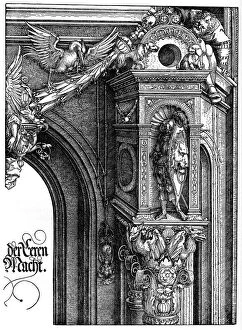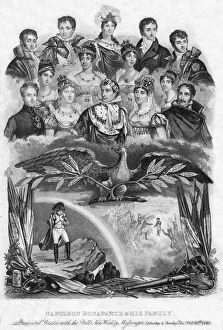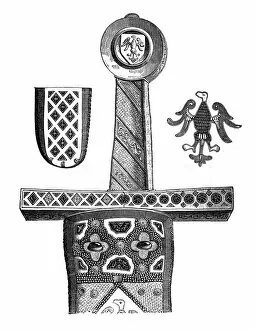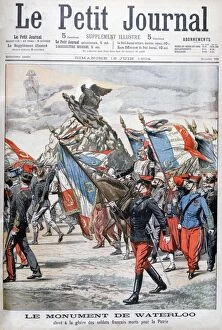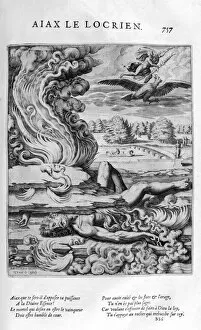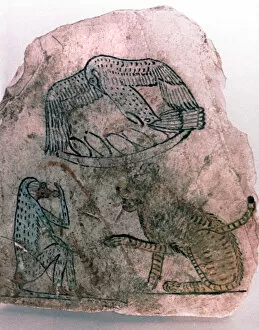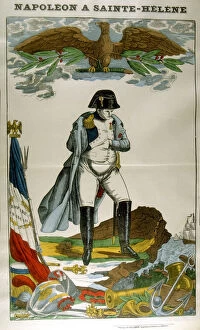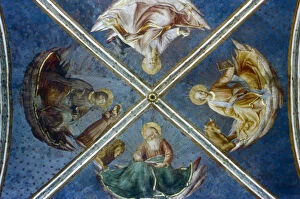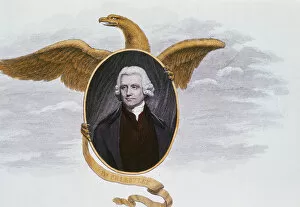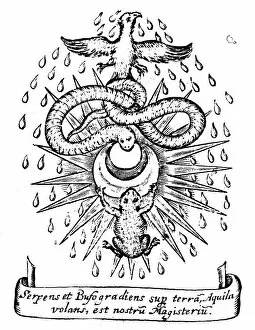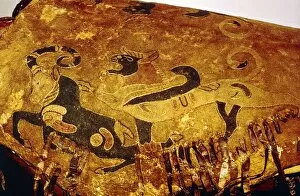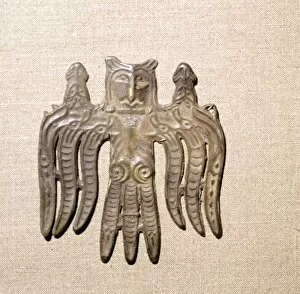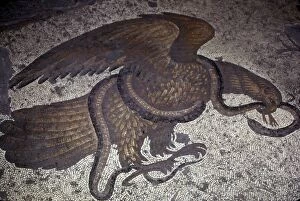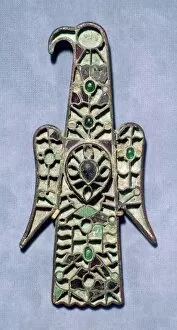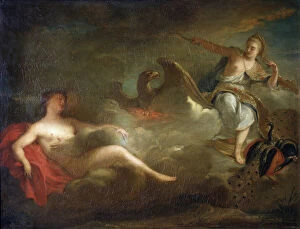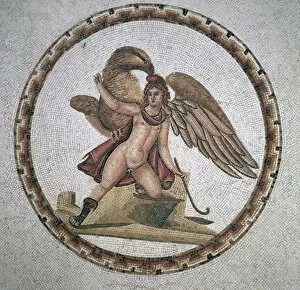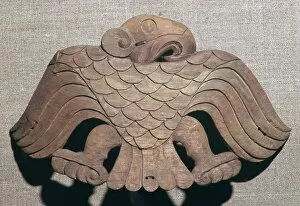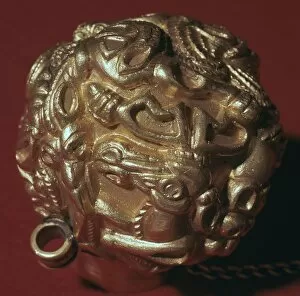Eagle Collection (#96)
In the vast expanse of the sky, a majestic creature soars with grace and power
For sale as Licensed Images
Choose your image, Select your licence and Download the media
In the vast expanse of the sky, a majestic creature soars with grace and power. The Wedge-tailed eagle in flight captivates our hearts, its wings outstretched against the backdrop of endless blue. With every beat of its mighty wings, it defies gravity and reminds us of nature's wonders. Norway's November air witnesses another breathtaking sight as a Golden Eagle juvenile takes flight. Its feathers glisten under the pale sunlight, showcasing the beauty that lies within this young predator. In awe, we watch as it navigates through the crisp air with an elegance beyond compare. Deep within Panama's Gamboa region resides a Harpy Eagle, its fierce gaze piercing through our souls. This portrait captures not only its physical strength but also its commanding presence in Soberania National Park. A symbol of authority and dominance, this magnificent bird leaves us humbled by nature's creations. The Russian Imperial Eagle stands tall and proud on ancient crests and banners, embodying strength and nobility throughout history. It serves as a reminder of past empires' might while inspiring reverence for these regal creatures that have long been associated with power. As Buzz Aldrin stood on the moon during Apollo 11 mission in 1969, his visor reflected Neil Armstrong and their spacecraft named "Eagle. " This iconic image immortalizes humanity's triumphs in space exploration—a testament to human ingenuity reaching new heights among celestial bodies. Closer to home along Norway's coastlines, a White-tailed Eagle prepares to snatch a fish from icy waters below. Its keen eyesight allows it to spot prey from great distances—an ultimate hunter mastering both land and sea realms alike. Firefighters bravely battle flames engulfing London's Eagle Street—a scene where heroes emerge amidst chaos to protect lives and property from destruction. Their courage echoes that of eagles soaring above—fearless guardians who navigate treacherous skies without hesitation.





